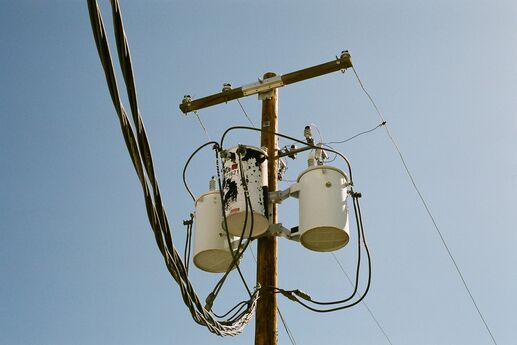
There are numerous reasons for a power outage to happen in your town, but there’s no reason for you to be unprepared. A backup generator can provide power to your entire home to keep you and your family safe and comfortable.
The first step is to write down all the appliances that you want to power in a blackout. The most common (and urgent) items needed to stay powered up during a blackout are:
- Refrigerator
- Well water pump
- Basement sump pump
- Minimal lighting
- Electric range or microwave oven
- Furnace
- Freezer
If you’re one of those homeowners who wants to have all their comforts available in a blackout, make a second list of helpful electrical items such as:
- Computer equipment
- Air conditioning (either central system or window units)
- Television(s)
- Gaming systems
Once you’ve come up with your list of electrical items, you can calculate the total wattage required to power those items (refer to the tag on each of the units). Now you know how much power you’ll need in a generator.
Gas-Powered Portable Generator
This type of backup generator is great for providing power to essential electrical items during a power outage, but you’ll have to start it up manually and keep enough fuel on hand to keep it running in a prolonged blackout. You’ll have to plug your appliances (via long extension cords) into this type of unit, which typically has anywhere from two to four outlets.
Tip: To avoid running electrical cords, you can have an electrician install a subpanel that will allow the generator to power entire circuits in your home.
A generator with a 3,200-watt output costs around $500, while a 10,000-watt output generator can cost up to $1,500. Those with wheels and key-starts cost a bit more. Some have tanks that hold enough fuel to run the generator for only a few hours, where others gas tanks to keep the generator running for 10 hours or more. Remember to plug in a carbon monoxide detector while using a portable generator.
Tip: Get one with wheels. Generators are very heavy and you don’t want to mess around with one without wheels in the dark.
Standby Generator
This type of generator sits at the ready, buried or installed next to your home. Its sensors detect a lack of electricity coming into the home and start the unit automatically. They are typically fueled by natural gas or propane and start at $5,000 (with installation). If you want to run your entire home during an outage, or if you live in an area common to power outages, this is the choice for you.
With a standby generator, you don’t need to worry about running extension cords across your floors. Because of its dedicated fuel source, you won’t need to worry about storing enough gasoline in your home or garage. One last, important benefit of the standby generator is that it’s far quieter than a portable unit.
However, installing a standby generator is not a DIY project — you’ll need to hire a professional electrician to hook up the generator and install a transfer switch and subpanel. Price is another major difference from the portable unit, as standby generators start around $5,000 and can exceed $15,000 once you consider wattage output and installation costs. Generators on the lower end of the price scale typically have a 7,000 watt output, and those on the higher end have 30,000-watt output — enough to power an entire home and all of its electrical appliances and gadgets.
